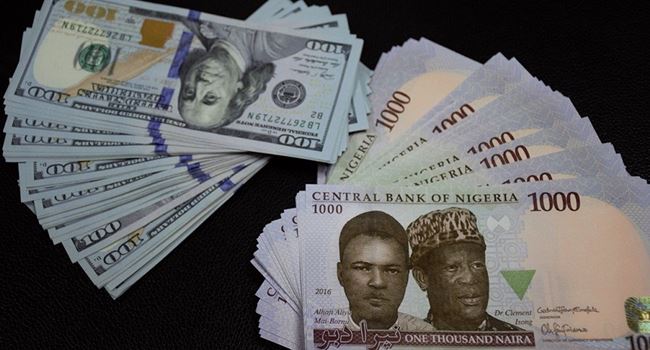Nigeria’s Naira is facing one its worst challenges in the country’s history at a time when the country’s inflation rate hit 20.77 percent in September 2022. The Nigerian exchange rate has depreciated to over N800/$1 at the parallel market while the exchange rate at the importer and exporter window (I&E) has fallen to N441.13/$1.
Why this is happening
Since the announcement of the proposed plan by the country’s Central Bank to redesign banknotes, many Nigerians who had stashed cash over the years and do not want to fall under the radar of the country’s financial agencies if they deposit their huge stash of cash have opted to convert the Naira to dollars.
- In the early days of this announcement bureau de change traders have testified to a surge in the demand for forex, further weakening the performance of the Naira against the dollar.
- News making rounds claim that Nigerians were changing huge cash of Naira worth tens of millions of dollars. The desperation to get dollars even made some change Naira as high as N1000/$1.
The big picture
As much more cash comes into circulation, the Naira would continue to weaken at parallel markets and official channels. And with official channels suffering forex scarcity, which pushed Nigerians to parallel markets in the first place, Nigeria could see the exchange rate hit N1000/$1 parallel market by December when the proposed redesign begins.
Government response
The Economic and Financial Crimes Commission (EFCC) has begun arresting bureau de change operators in different parts of the county to curb the further depreciation of Naira. While on one hand, these could slow the fall of the Naira, it would also leave Nigerians with no alternative source for forex.

